Since the 1930s, with the rapid development of high-quality strip steel continuous rolling production and the advancement of welding and inspection technology, the quality of welds has been continuously improved, the varieties and specifications of welded steel pipes have increased, and they have replaced seamless steel pipes in more and more fields. Welded steel pipes are divided into straight welded pipes and spiral welded pipes according to the form of welds.
As we all know, the service life of an item is directly related to its maintenance, and welded pipes are certainly no exception. In order to extend its service life, we must pay attention to the daily care and maintenance of welded pipes. The following is a brief introduction to the maintenance methods of welded pipes.
1. Cleaning and polishing: If the welded pipe is damaged, it should be polished. In particular, scratches and splashes caused by contact with carbon steel parts and damage caused by cutting slag must be carefully and thoroughly cleaned and polished.
2. Mechanical polishing: Use appropriate polishing tools for polishing, which requires uniform processing and avoid over-polishing and re-scratching.
3. Oil and dust removal: Before welded pipes are pickled and passivated, oil, scale, dust and other impurities must be removed according to the welded pipe process.
Process flow and product features of welded pipes
Raw material uncoiling - flattening - end shearing and welding - looping - forming - welding - internal and external weld bead removal - pre-correction - induction heat treatment - sizing and straightening - eddy current detection - cutting - water pressure inspection - pickling - final inspection (strict control) - packaging - shipment.
The production process of straight seam welded pipes is simple, with high production efficiency, low cost and rapid development. The strength of spiral welded pipes is generally higher than that of straight seam welded pipes. Narrower billets can be used to produce welded pipes with larger diameters, and billets of the same width can also be used to produce welded pipes with different diameters. However, compared with straight seam pipes of the same length, the weld length increases by 30~100%, and the production speed is lower.
Professional anti-corrosion technology and application of welded pipelines
Welded pipelines are susceptible to corrosion, and professional anti-corrosion technology is the key to extending their service life. According to different environments, materials and media characteristics, a multi-level and systematic protection strategy needs to be adopted.
Anti-corrosion coating technology is the most common means, using epoxy, polyester, polyurethane and other coatings to form a barrier on the pipeline surface to block the corrosive medium. The weld area needs special treatment to ensure uniform coating coverage. Nano-composite coatings improve adhesion and density by adding nanoparticles. In special environments, discharge protective coatings can also be used to further enhance corrosion resistance.
Cathodic protection technology is suitable for buried or underwater pipelines. The sacrificial anode method protects pipelines through materials such as magnesium and zinc, which is suitable for power-free scenarios; the impressed current method relies on rectifiers to regulate the protection current, which is suitable for long-distance pipelines. With anti-corrosion coatings, the life of the pipeline can be extended by decades.
Corrosion inhibitor technology changes the corrosion environment through chemical additives, such as adding ethylene glycol or gas phase corrosion inhibitors to natural gas to effectively slow down internal corrosion. This technology is suitable for existing pipeline systems, flexible in operation, and environmental protection and efficiency must be taken into account when using it.
Material selection and welding process optimization improve the corrosion resistance of pipelines from the source. The selection of corrosion-resistant materials such as stainless steel and titanium alloy, and the control of welding heat input, post-weld heat treatment, corrosion-resistant cladding and other means can significantly improve the corrosion resistance of the weld area.
Through the reasonable combination and application of the above anti-corrosion technologies, welded pipelines can also achieve long-term stable operation in complex environments, reduce maintenance costs, and improve the reliability of the overall system.






 English
English Español
Español بالعربية
بالعربية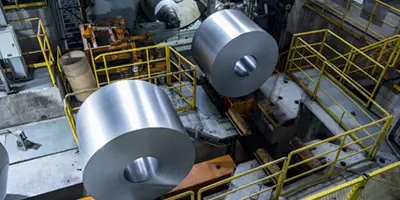
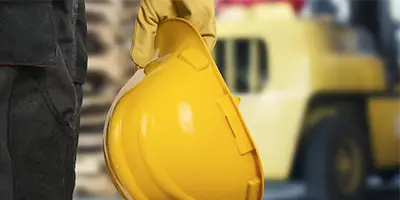
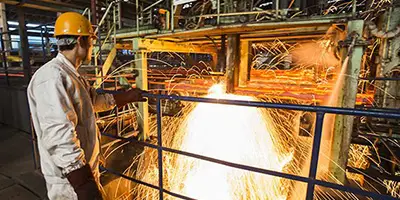
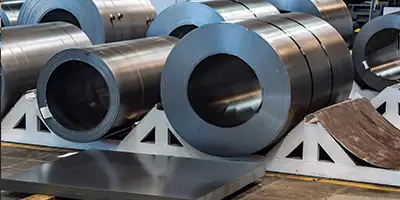

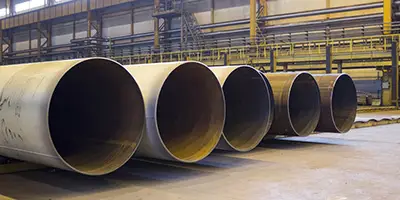
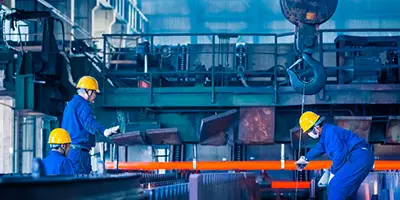
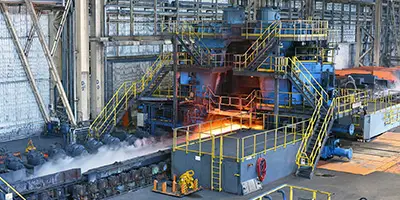
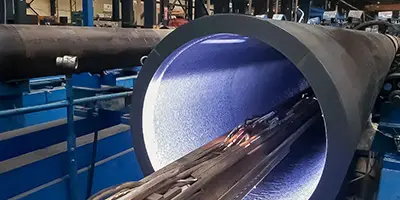
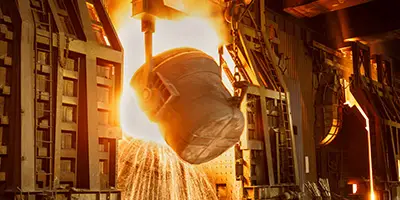
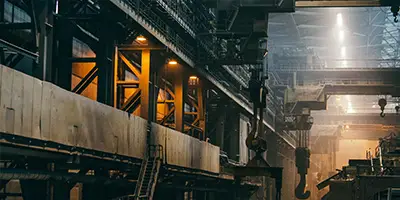
 Phone :
Phone :  Whatsapp :
Whatsapp :  Email :
Email : 


